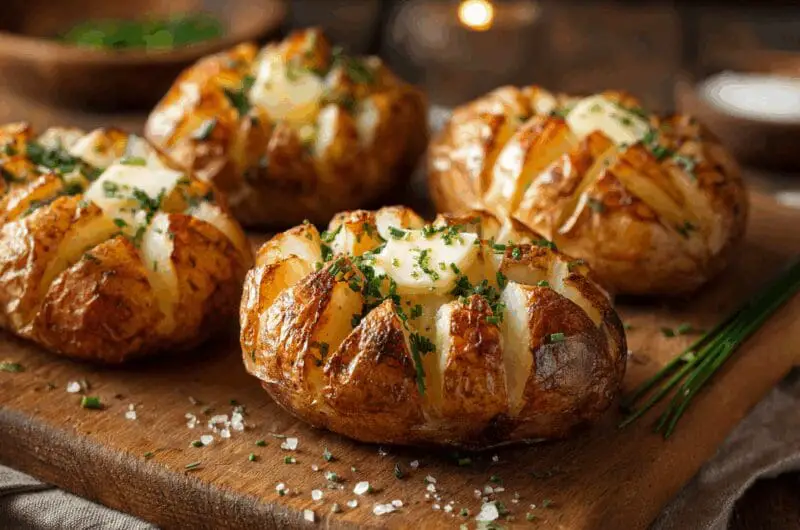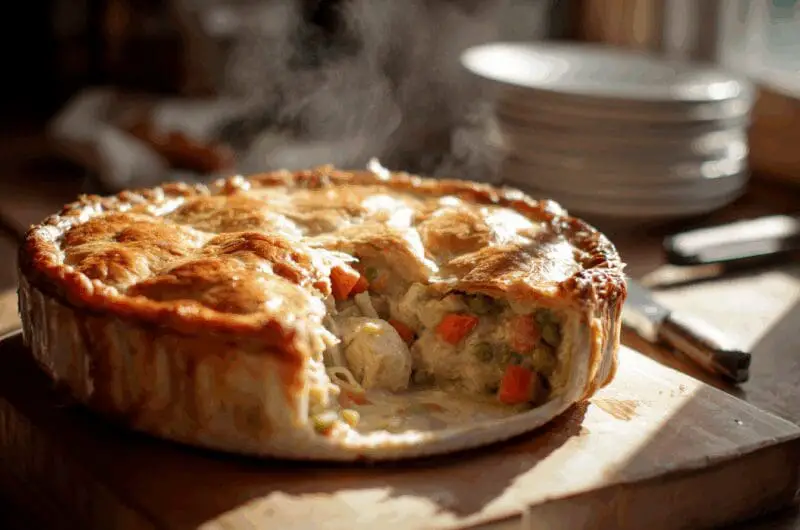McDonald’s serves millions of customers every day, but there’s a lot happening behind those golden arches that most people never hear about. Former employees and insider sources have started sharing some pretty eye-opening information about what really goes on in the kitchen and corporate offices. From surprising ingredient lists to cleaning practices that might make you think twice, these secrets reveal a side of the fast-food giant that’s been kept under wraps for decades.
The round eggs are actually the freshest option
When ordering breakfast at McDonald’s, most people don’t think twice about which type of egg they’re getting. But according to a former corporate chef, there’s a huge difference between the eggs used in different menu items. The round eggs that come on McMuffins are made from fresh-cracked eggs, making them the highest quality option available. This means if someone wants the freshest breakfast possible, the McMuffin is the way to go.
The other egg options aren’t quite as appealing. The folded eggs that go on biscuit and bagel sandwiches are actually frozen, fully cooked egg squares that get reheated before serving. The Big Breakfast uses liquid eggs for its scrambled portion. So while all the breakfast sandwiches might look similar, the round eggs are definitely getting the premium treatment in terms of freshness and preparation.
Some locations actually sell birthday cakes
This might sound completely made up, but certain McDonald’s locations actually stock birthday cakes featuring Ronald McDonald. These aren’t advertised widely, and not every location carries them, but some restaurants in areas with lots of families keep chocolate and vanilla birthday cakes on hand. The cakes are part of an approved list of items that owner-operators can order for their specific locations.
The availability depends heavily on the local market and whether the restaurant manager thinks there’s enough demand. Even if a local McDonald’s doesn’t normally carry cakes, they might be willing to special order one for a party or celebration. It’s worth calling ahead to ask, especially if planning a party at one of the remaining Play Place locations. Birthday celebrations at McDonald’s might be less common than they used to be, but the cake option still exists in some places.
The Coke tastes better because of wider straws
Anyone who’s ever had a Coke at McDonald’s knows it tastes different from other places, and there are actually several reasons for this. The company follows Coca-Cola’s guidelines exactly, but they go beyond the basic requirements. The water and syrup are pre-chilled before entering the fountain dispensers, and the syrup ratio is adjusted to account for ice melt, ensuring the right balance even as the ice dilutes the drink.
But here’s the secret that most people don’t know: the straws are wider than typical fast-food straws. This wider diameter means each sip delivers more liquid to taste buds, making the drink more intense and satisfying. It’s a small detail that makes a big difference in how the Coke actually tastes. Combined with the temperature and syrup adjustments, these wider straws are a key part of why McDonald’s Coke has such a devoted following.
Ice cream machines break down for cleaning reasons
The broken ice cream machine has become such a McDonald’s meme that there’s literally a website called McBroken that tracks which locations have working machines. But the reality behind these frequent breakdowns isn’t what most people think. The machines that make McFlurries and milkshakes are incredibly complex pieces of equipment that require frequent deep cleaning and maintenance. Only certain trained employees know how to properly disassemble and clean them.
Sometimes this cleaning process has to happen during busy hours, which means the machine is out of service when customers want ice cream most. The cleaning process is also time-consuming and complicated, so if something goes wrong during reassembly, the machine might be down for hours. While it’s frustrating for customers, the frequent cleaning is actually a good thing from a food safety perspective, even if the timing isn’t always convenient.
The burger seasoning is just salt and pepper
McDonald’s burgers have a distinctive taste that people often try to recreate at home, and many assume there’s some secret blend of spices involved. The truth is much simpler: it’s just salt and pepper. But the key is getting the proportions exactly right. The ratio is 86% salt to 14% pepper, and getting this balance correct makes all the difference in achieving that familiar McDonald’s burger taste.
For anyone wanting to recreate this at home, the precise measurements are 8.6 grams of salt to 1.4 grams of cracked black pepper. Using a food scale to measure these amounts exactly will give the most accurate results. It’s surprisingly simple, but the exact ratio is what makes it work. Many home cooks probably use too much pepper or not enough salt, which throws off the whole balance.
Sweet tea contains an enormous amount of sugar
McDonald’s sweet tea is popular in many regions, but the amount of sugar that goes into making it is pretty shocking. According to employee reports, the recipe calls for mixing 5 gallons of water with an industrial-sized tea bag, a 4-pound bag of sugar, and a gallon of ice. That works out to about 40 grams of sugar per small cup of sweet tea, which is roughly the same amount found in a regular soda.
When broken down per serving, the sugar content in McDonald’s sweet tea is surprisingly high compared to what most people would expect from tea. The 4-pound bag of sugar for 5 gallons means each gallon contains nearly a pound of sugar. For comparison, that’s significantly more sugar concentration than most people would add when making sweet tea at home, which explains why it tastes so intensely sweet.
Big Mac sauce doesn’t contain any ketchup
Many people assume that Big Mac sauce is basically a fancy version of ketchup mixed with other ingredients, but ketchup isn’t in the recipe at all. The distinctive orange-pink color that makes people think of ketchup actually comes from paprika. The sauce is a combination of mayonnaise, sweet pickle relish, Dusseldorf mustard, white wine vinegar, paprika, onion powder, granulated garlic, and white pepper.
This combination creates a tangy, slightly sweet sauce that’s completely different from ketchup-based burger sauces. The mustard and vinegar give it a sharp bite, while the pickle relish adds sweetness and texture. The paprika not only provides the color but also adds a subtle smoky element. Understanding the actual ingredients makes it easier to recreate at home or to understand why it tastes so different from other burger sauces.
Food often sits under heat lamps longer than intended
While McDonald’s has official policies about how long food can sit under heat lamps before being thrown away, the reality doesn’t always match the rules. Multiple former employees have shared that food often stays under heat lamps much longer than the recommended times. Fries are supposed to be discarded after seven minutes, but some locations keep them for 15-20 minutes or even re-fry them instead of making fresh ones.
The Filet-O-Fish gets mentioned frequently as the item most likely to be sitting around too long, since it’s not ordered as frequently as other menu items. Some employees have reported resetting timers on meat that should have been thrown away, extending its life under the heat lamps for much longer than intended. During slower periods, requesting fresh food might be worth considering, especially for items that don’t move as quickly.
French fries contain nearly 20 different ingredients
Most people think of french fries as simply fried potatoes with salt, but McDonald’s fries contain close to 20 different ingredients. While they do start with real potatoes, the process involves multiple additives and treatments. The ingredient list includes various oils, salt, citric acid, natural beef flavoring, wheat, milk, and several chemical additives used for preservation and color consistency.
The potatoes go through several processing steps before reaching restaurants. They’re peeled, cut, blanched to prevent color variation, treated with a dextrose solution, and given ingredients to prevent graying. After drying, frying, and freezing, they’re shipped to restaurants where they’re fried again. The natural beef flavoring is particularly interesting because it means the fries aren’t suitable for vegetarians, despite being made from potatoes. The extensive ingredient list shows how much processing goes into what seems like a simple food item.
These secrets show that even the most familiar fast-food chain has plenty of surprises behind the counter. From simple seasoning recipes to complex cleaning procedures, McDonald’s operations are more interesting and complicated than most customers realize. Next time someone visits the golden arches, they’ll know a little more about what’s really happening behind those friendly smiles and quick service.













